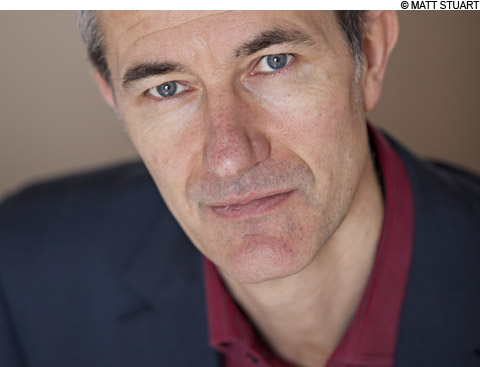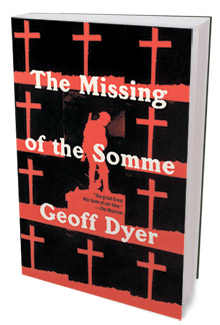
HONORABLE DISSENT Dyer is at his best detailing the monuments that attempt to honor sacrifice without denying the waste of the war. |
No matter what bromides are trotted out in the aftermath of tragedy or disaster about the ability of people to pull together, when it comes time to memorialize the event, fissures always show. Coming up on the 10th anniversary of 9/11, there is still no general consensus as to how or what to memorialize — in part because there is no consensus about what the day was. For the right, it became a rallying cry for actions that degraded our Constitution and our reputation. For the left, to whom 9/11 should have been a rallying cry — the ultimate example of religious fundamentalism's fear and loathing of freedom — it instead came to be regarded as part and parcel of the outrages that followed. When I talk to friends on the left about the attacks, or teach it to young journalism students, inevitably they seem to react as if the day itself were a fictional event: as if acknowledging the murder of nearly 3000 by Islamist terrorists were Islamophobia. When liberals begin to sound like prosecutors telling a rape victim that she must have done something to provoke her attack, something has gone seriously wrong in the public psyche.This is part of what went through my head reading Geoff Dyer's just-reissued 1994 The Missing of the Somme (now being published in the US for the first time), a meditation on the memorials erected following World War I and what those edifices say about how the war was remembered.
Those who speak about a war in terms of horror and waste during and immediately after the event often find themselves in conflict with those who feel that any criticism is an insult to those who served and died. In this book, Dyer — as in nothing else I've read — makes it clear how the collective European psyche was led from romantic jingoism to revulsion, and how the leaders in that transformation were literary. I can't think of any other war where the revered writers who emerged from it — Wilfred Owen (killed in action) and Seigfried Sassoon (wounded) — are the most ruthless toward the notions of patriotism and sacrifice. (The most ruthless of those who served in and wrote about World War II — Norman Mailer, James Jones, William Manchester, Eugene Sledge — are far from having acquired the canonical reverence paid Sassoon and Owen.)
 |
Dyer writes, "The war, it begins to seem, had been fought in order that it might be remembered, that it might live up to its memory." He demonstrates that we can never imagine the war in the present tense. He writes, correctly, I think, that the young men in photos lining up to enlist in 1914 already look like ghosts — something we could never say looking at footage of soldiers about to land on Omaha Beach, even though we know we are likely seeing many of them in their last moments alive.Making his way around Europe (a trip whose details could easily be cut), Dyer is at his best detailing the monuments attempting to honor sacrifice without denying the waste of the war: not just the public monuments, but the private ones — the photographs of loved ones in uniforms, and glass cases of faded ribbon and medals that adorned many a European home for decades after. It's not just in the artistry of the best monuments but in the homeliness of those mementoes that he finds an alternative to any attempt to soft pedal the losses. How do you recognize the magnitude of the sacrifice of those who fought without aggrandizing the war or using the dead as grist for antiwar indignation? Dyer is writing about men whose bodies were made fodder to the romanticism of war. Like the memorials he most admires, he is not about to make their memories fodder to anyone's agenda. These dead may remain nameless. Dyer does what is in his power to keep them from being faceless.
 Topics
Topics:
Books
, Books, World War I, War, More  , Books, World War I, War, Geoff Dyer, Less
, Books, World War I, War, Geoff Dyer, Less 